Optimal Timing for Underground Pipe Laying
Underground pipe laying is a critical phase in infrastructure development, requiring careful consideration of environmental and project-specific factors. The optimal timing ensures minimal disruption, safety, and durability of the installed pipes.
Dry seasons typically provide optimal conditions for underground pipe laying due to reduced soil moisture and easier excavation.
Warmer soil temperatures facilitate better soil compaction and pipe installation, reducing risks of future ground movement.
Scheduling during periods with fewer concurrent construction activities can help avoid delays and logistical issues.
Lower groundwater levels reduce the risk of water ingress during installation, improving safety and efficiency.
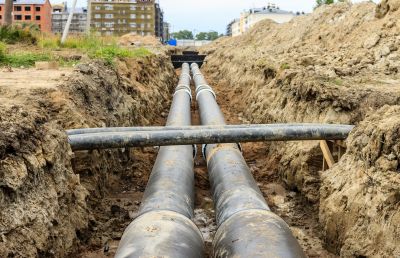
Ways to make Underground Pipe Layings work in tight or awkward layouts.
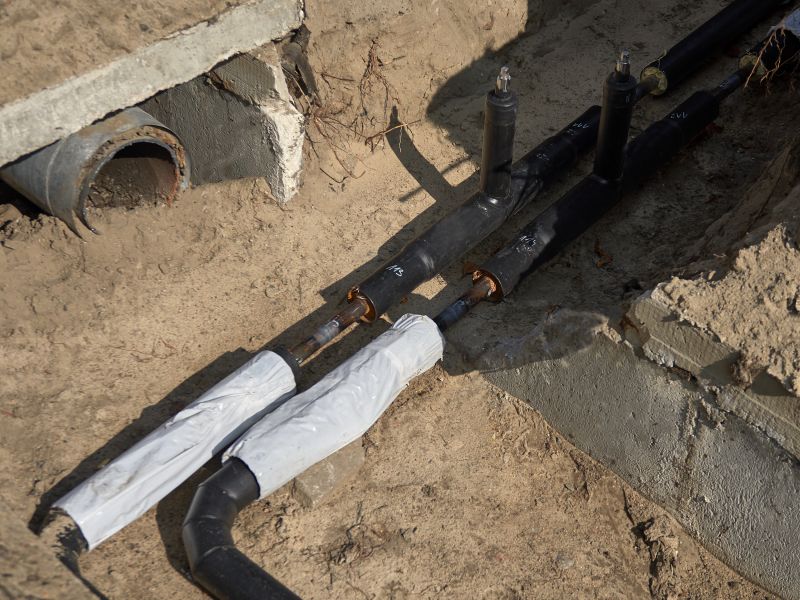
Popular materials for Underground Pipe Layings and why they hold up over time.
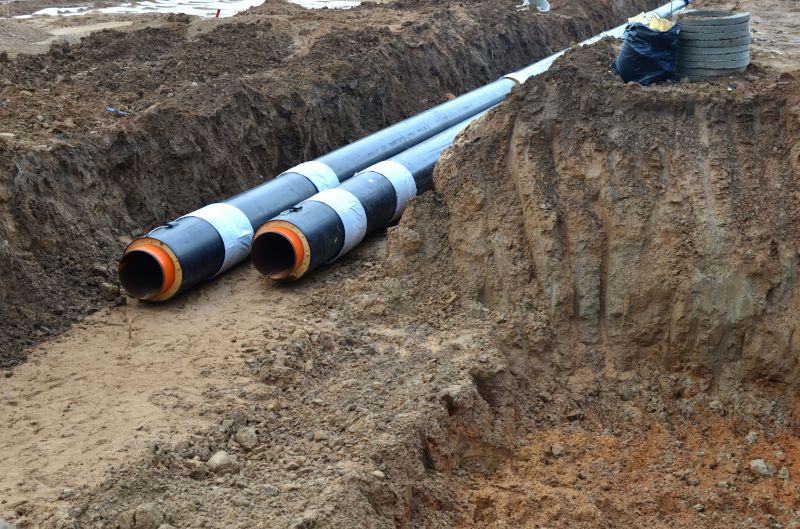
Simple add-ons that improve Underground Pipe Layings without blowing the budget.
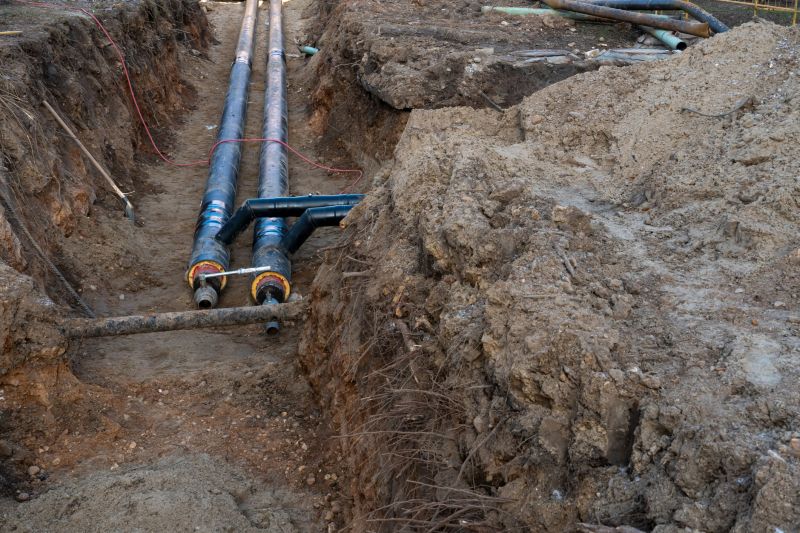
High-end options that actually feel worth it for Underground Pipe Layings.
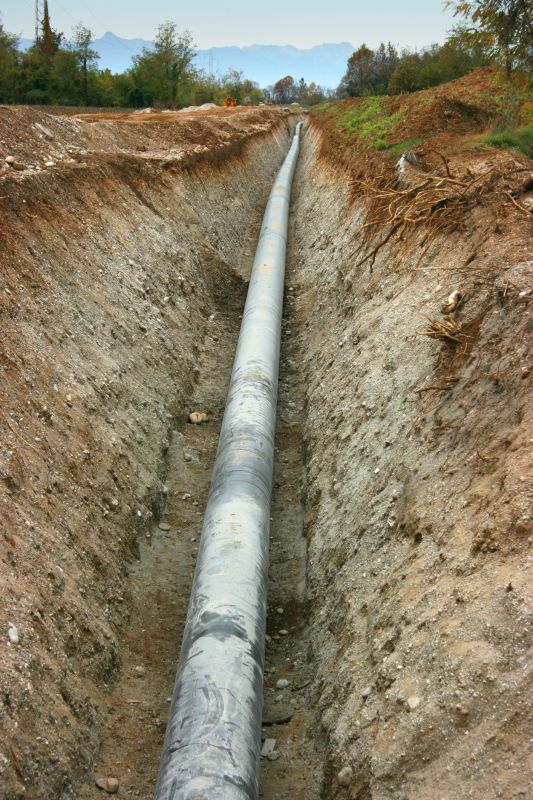
Finishes and colors that play nicely with Underground Pipe Layings.

Little measurements that prevent headaches on Underground Pipe Layings day.
| Factor | Optimal Timing |
|---|---|
| Weather Conditions | Dry seasons |
| Soil Temperature | Warm months |
| Groundwater Levels | Low water table periods |
| Project Schedule | Off-peak construction periods |
| Regulatory Windows | Permitted construction windows |
Underground pipe laying involves installing pipes beneath the surface to facilitate utilities such as water, gas, and sewage. This process requires precise planning to ensure the longevity and functionality of the infrastructure. Factors like soil type, weather, and groundwater levels significantly influence the timing and success of installation. Proper scheduling can reduce project costs, minimize delays, and improve safety conditions.
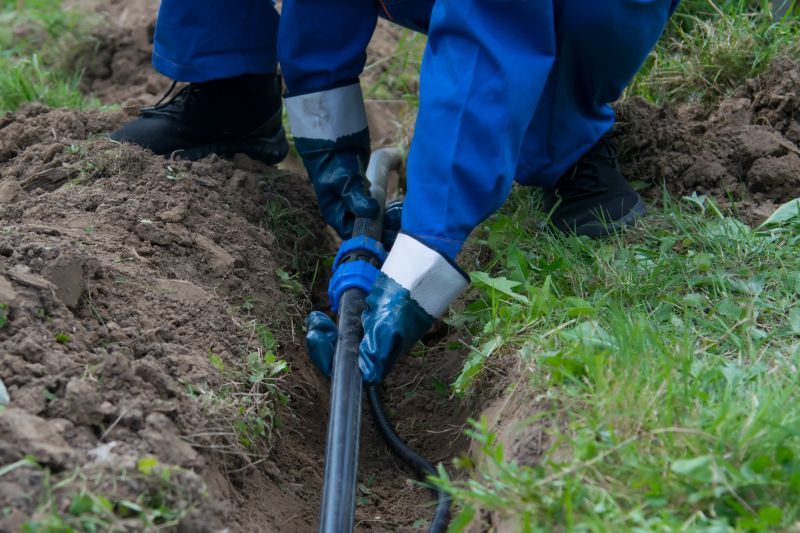
A 60-second routine that keeps Underground Pipe Layings looking new.

A frequent mistake in Underground Pipe Layings and how to dodge it.

Small tweaks to make Underground Pipe Layings safer and easier to use.

Lower-waste or water-saving choices for Underground Pipe Layings.
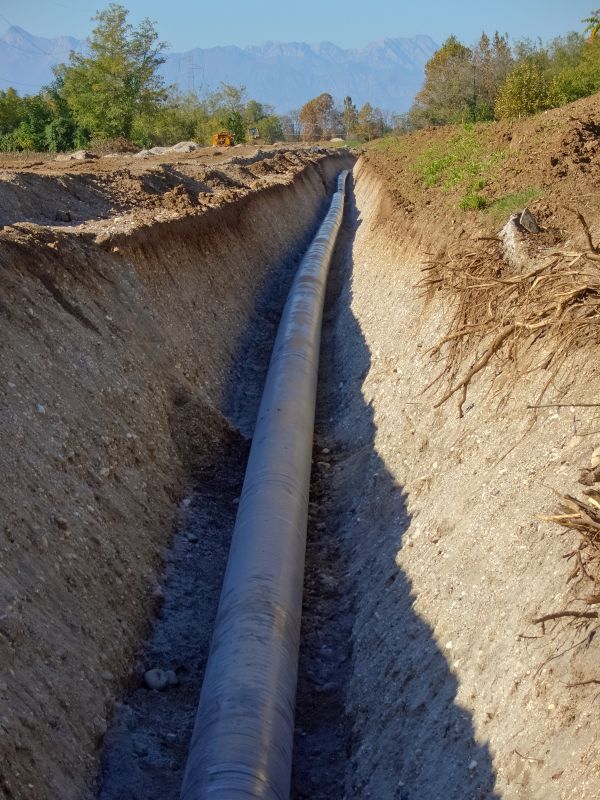
The short, realistic tool list for quality Underground Pipe Layings.

Rough timing from prep to clean-up for Underground Pipe Layings.

Quick checks and paperwork to keep after Underground Pipe Layings.
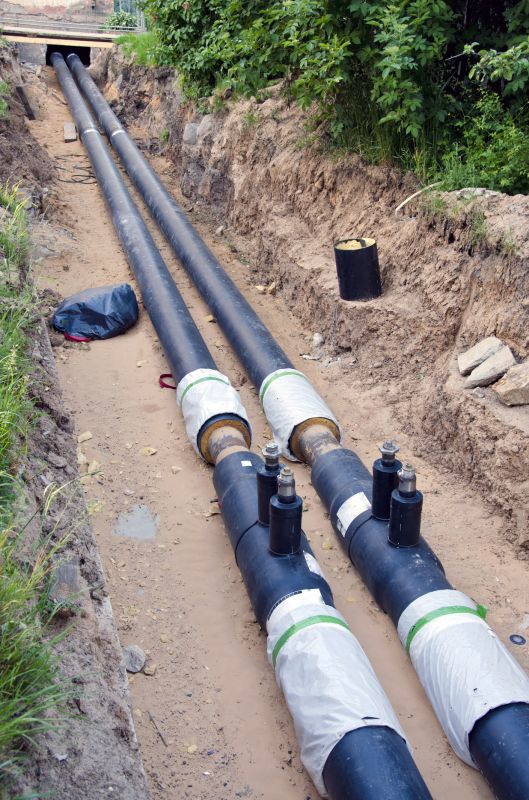
Examples that show the impact a good Underground Pipe Layings can make.
Choosing the right time for underground pipe laying can enhance project efficiency and durability. Proper timing considers environmental conditions, soil properties, and logistical factors, ensuring that installation meets safety standards and operational longevity. Planning ahead based on seasonal and site-specific data is essential for successful project execution.
Interested in scheduling underground pipe laying? Fill out the contact form to receive detailed guidance tailored to specific project needs.
